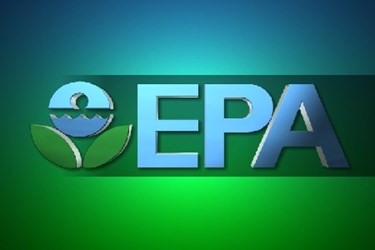EPA Is Now Questioning BPA

By Sam Lewis

Bisphenol A, a synthetic compound sometimes used in food and beverage packaging, is now on the list of chemicals being evaluated by the Environmental Protection Agency
Last month, the U.S. Environmental Protection Agency (EPA) added Bisphenol A (BPA) and 23 other chemicals to the most recent Toxic Substances Control Act (TSCA). These are the first-ever changes made to the Act. While BPA was added to this list of potentially-harmful substances, 15 others were removed following the evaluation. According to the agency, the modifications to the TSCA Work Plan for Chemical Assessments are indicative of the most-recent data of the Toxics Release Inventory (TRI) in 2011 as well as the TSCA Chemical Data Reporting (CDR) requirements of 2012 regarding the release of chemicals and possible exposure.
BPA and the other chemicals were added due to their potential of being detrimental to children’s health, having neurotoxic consequences, or being a potential and known carcinogen. Some other chemicals added include: 1,3-Butadiene, 2,5-Furandione, 2-Dimethylaminoethanol, 2-Hydroxy-4-(octyloxy)benzophenone, 3,3’-Dichloro-benzidine, 4,4'-(1-Methylethylidene)bis[2,6-dibromophenol] (TBBPA), Barium carbonate, Dicyclohexyl phthalate, Molybdenum and Molybdenum Compounds and Pentachlorothiophenol. The EPA says just because a chemical is identified for the list doesn’t mean it is a risk to the environment or human health. Rather, it shows its need to be further assessed.
BPA is used in creating polycarbonate plastics and epoxy resins that are used in almost every industry. Food packaging presents the most-common way humans are exposed to BPA. However, this exposure accounts for no more than 5 percent of BPA used in the U.S. Currently, food and beverage packaging is under the direct authority of the U.S. Food and Drug Administration (FDA). The FDA can enforce laws to label, restrict, or even forbid a chemical substance. However, additional data would be required to decide the risk or to announce research that no action is required for a particular chemical.
